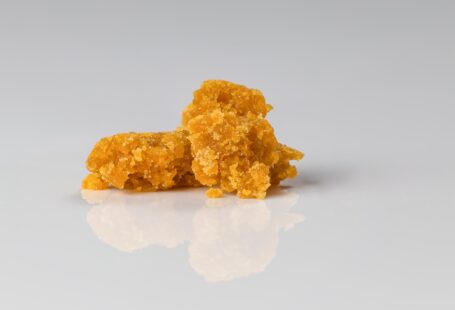Additive manufacturing (AM) is a cutting-edge technology that has been gradually gaining traction in the world of production and manufacturing. A variety of materials are used in the process of additive manufacturing, and silver is one of them. This article will explore the use of silver in additive manufacturing, its benefits, and its drawbacks.
What is Silver?
Silver is a chemical element with the symbol Ag and atomic number 47. It is a soft, malleable, and ductile metal with a brilliant white metallic luster. Silver is often found in its native form, as well as in ores containing other elements. Silver is a precious metal, and its price is determined by the market.
Benefits of Silver in Additive Manufacturing
Silver has many advantages when used in the process of additive manufacturing. It is a relatively inexpensive metal, and its price is stable. This makes it an attractive material for the production of components with complex geometries. Silver also has excellent thermal and electrical conductivity, and it is resistant to corrosion and oxidation. Additionally, silver is non-toxic and safe for use in a variety of applications.
Uses of Silver in Additive Manufacturing
Silver is used in a variety of applications in the process of additive manufacturing. It is used to create components for electronics, such as circuit boards and other components. Silver is also used to create components for medical devices, such as implants and prosthetics. Additionally, silver is used to create objects for industrial and commercial use, such as tools and parts.
Drawbacks of Silver in Additive Manufacturing
Despite its many advantages, there are some drawbacks to using silver in additive manufacturing. Silver is a soft metal, and it is not as durable or as strong as other metals such as steel or titanium. Additionally, silver can be difficult to work with, and it requires specialized knowledge and skills to use it in additive manufacturing. Finally, silver is a precious metal, and its price is subject to market fluctuations, making it a more expensive option than other metals.
Conclusion
Silver is a valuable and versatile metal that has many benefits when used in additive manufacturing. It is relatively inexpensive, has excellent thermal and electrical conductivity, and is non-toxic and safe for use in a variety of applications. However, silver is also a soft metal that is not as durable or as strong as other metals, and its price is subject to market fluctuations. Ultimately, silver has its advantages and disadvantages, and it is up to the user to decide if it is the right choice for their additive manufacturing needs.





